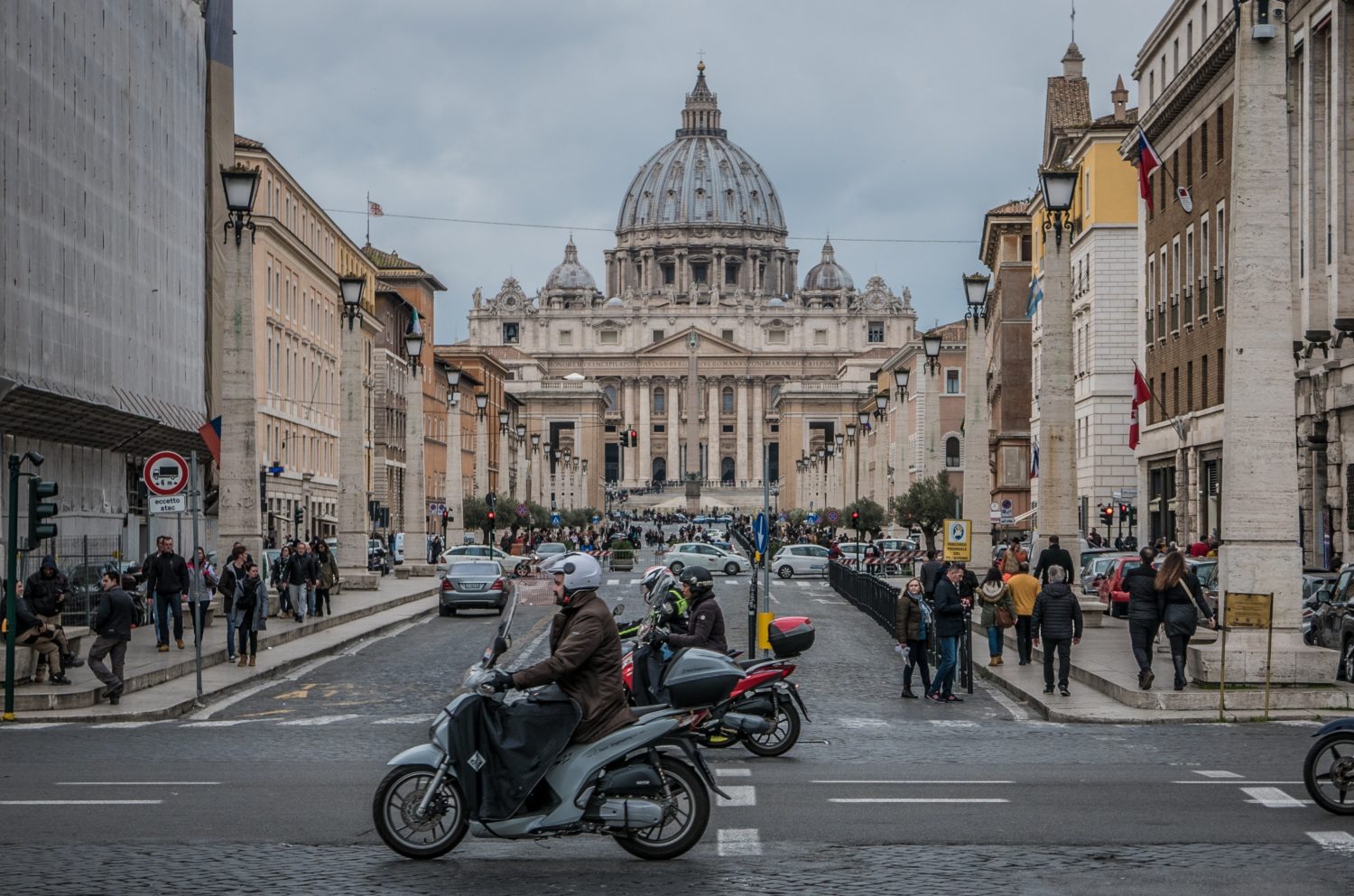With the Catholic Church convening last week for a historic summit on sexual abuse, one might be tempted to think that finally, one of the world’s largest and most powerful organizations is taking responsibility and addressing the systemic failures that enabled the sexual abuse suffered by thousands at the hands of clergy members all around the world.
But as advocates for sexual abuse prevention and for the survivors of these horrific crimes, the Church’s decades-long response as story after story has come to light has been woefully insufficient.
Until the Church apologizes, fully and without qualification, for years of covering up and enabling abuse, it will fall far short of its mission. It is not enough to simply say mistakes have been made. There must be an expression of regret for the ways in which perpetrators have been given free access to vulnerable people across the communities, leading the systemic abuse of women and children. Atrocities and perpetrators must be named, including those who colluded with perpetrators and covered the crimes to protect the institution, and concrete action steps must be taken to prevent these crimes from ever happening again. A pledge that cases will be handled internally is insufficient and only reinforces the culture of secrecy that has enabled the abuse; clear and transparent protocols should be put in place for reporting sexual harassment, misconduct and abuse to an outside entity that is accountable to survivors.
Faced with the staggering scale of the crimes perpetuated under the Church’s watch, an apology seems like the bare minimum. And yet, even as the Church has begun to acknowledge and grapple with the damage that decades of abuse has wrought, it has been in half-measures, rather than a complete accounting.
Researchers have found six components of an effective apology. Here, instead, is what the Church could have done, should have done, and must do in the future to communicate their apology and do right by the survivors of sexual abuse:
“We are deeply sorry to every single person who has suffered abuse at the hands of one of our leaders, in whom they placed their valuable trust.”
“For too long, we as a Church have prioritized secrecy and protecting our own over uncovering the truth and helping prevent sexual abuse.”
“We are solely to blame for the abuse of thousands, and the suffering they and those who love them have endured.”
“We apologize fully and unequivocally to any and all who have been harmed by our neglect.”
“Going forward, we are implementing meaningful changes to ensure this never happens again. We will work with local authorities to investigate allegations of abuse, rather than simply conducting an internal investigation. And we pledge to refer victims and families to rape crisis centers and other qualified counselors in their communities to support healing on their own terms.”
“We hope that those we have wronged can find it in their hearts to excuse our sins.”
Beyond a comprehensive apology, representatives of the Church will only truly account for their actions if they name that they knowingly moved perpetrators into unsuspecting communities all across the globe, acknowledge that merely moving someone to a new community does nothing to interrupt the abuse and only provides new opportunities for abuse in unsuspecting communities, and pledge that they will no longer merely relocate someone who has been accused of sexual misconduct.
No apology can ever fully heal the pain of sexual abuse. But the current cycle of halfhearted regret and ongoing inaction only serves to retraumatize survivors and perpetuate a system that lacks accountability for abusers. If the Church wants lasting change to come from last week’s historic summit, it has much further to go.

